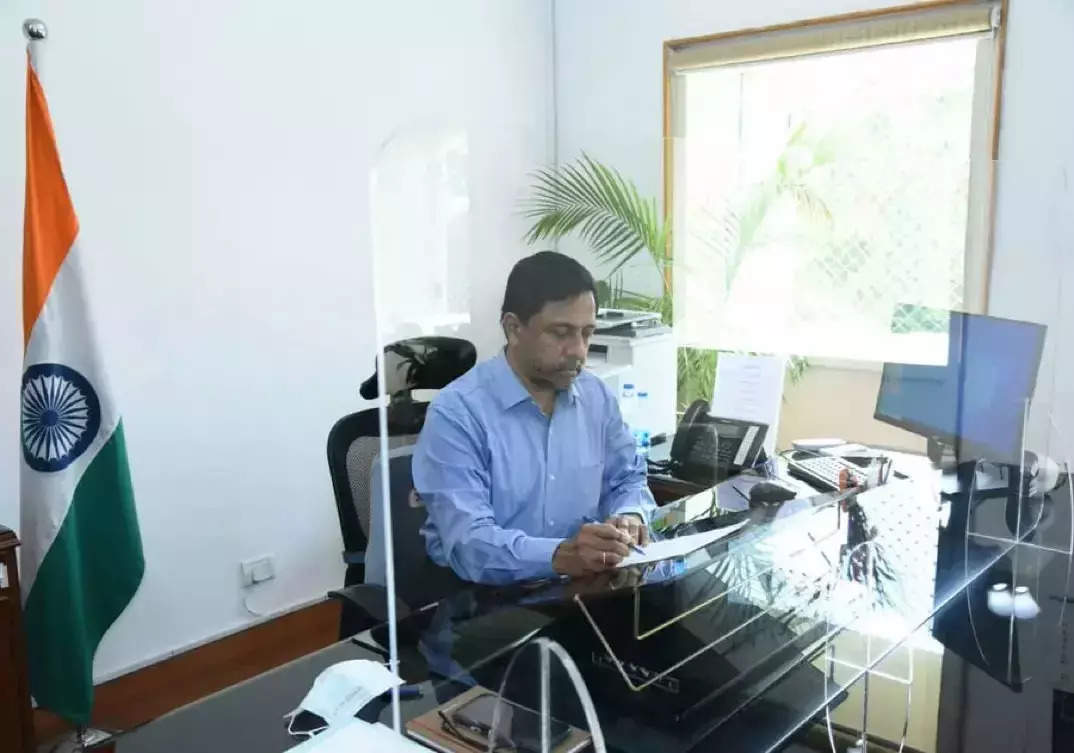
[ad_1]

NEW DELHI: The Department of Telecommunications (DoT) has formed a technology innovation group on sixth generation or 6G even though the 5G is yet to take off with spectrum auction for commercial deployments likely next fiscal year.
With telecom secretary K Rajaraman heading the initiative as a chairperson, the forum aims to create vision and objectives as well as develop a roadmap for research and development (R&D), pre-standardisation, development of applications and products, and action plans for 6G technology.
“India should endeavour to take a lead in 6G space. This will require a collaborative effort from the government, industry and the telecom service providers, academic and research institutions to identify the area of work and build synergy to innovate, create Intellectual Property Rights (IPR), standardise, contribute to global standards, create regulations, run pilots, and manufacture, test and supply at a global scale,” the department’s memorandum dated November 1, 2021 said.
The 22-member group includes additional secretary Anita Praveen, member (Technology) Ashok Kumar Tiwari, member (Services) Deepak Chaturvedi, executive director Centre for Development of Telematics (C-DOT) Rajkumar Upadhyay in addition to directors of the Indian Institute of Technology (IIT) of Chennai, Delhi, Kanpur, Mumbai, Hyderabad, and director of the Indian Institute of Science (IISc) Bangalore, as well as industry body Cellular Operators Association of India (COAI) chairman Ajai Puri who is also the chief operating officer (India and South Asia) of Bharti Airtel.
The department has, however, empowered telecom secretary to further increase the committee strength if necessary.
The Prime Minister Narendra Modi government is eyeing higher participation of India in futuristic technological advancements worldwide, and to essentially increase the country’s contribution in the global value chain.
Chinese Huawei, and Korean Samsung and LG have already started work on 6G technology, which is likely to be much faster than 5G, enabling a massive societal change.”India’s participation and success in 6G may require huge investments in research and development (R&D) activities, and should leverage its strengths such as availability of a large market and increasing economic power,” Bharat Bhatia, president, ITU-APT Foundation of India (IAFI) said.
The next generation of technology is expected to make its first commercial move before 2030.
Recently, IAFI has submitted its 6G vision document to the International Telecommunications Union (ITU), a UN body, that has already put its strategy in place towards the tectonic technological shift.
Last month, Rajaraman asked state-owned telecom research and development organisation C-DoT to start development in the areas of 6G and other futuristic technologies in order to catch up with the fast-changing technology marketplace.
[ad_2]
Source link
